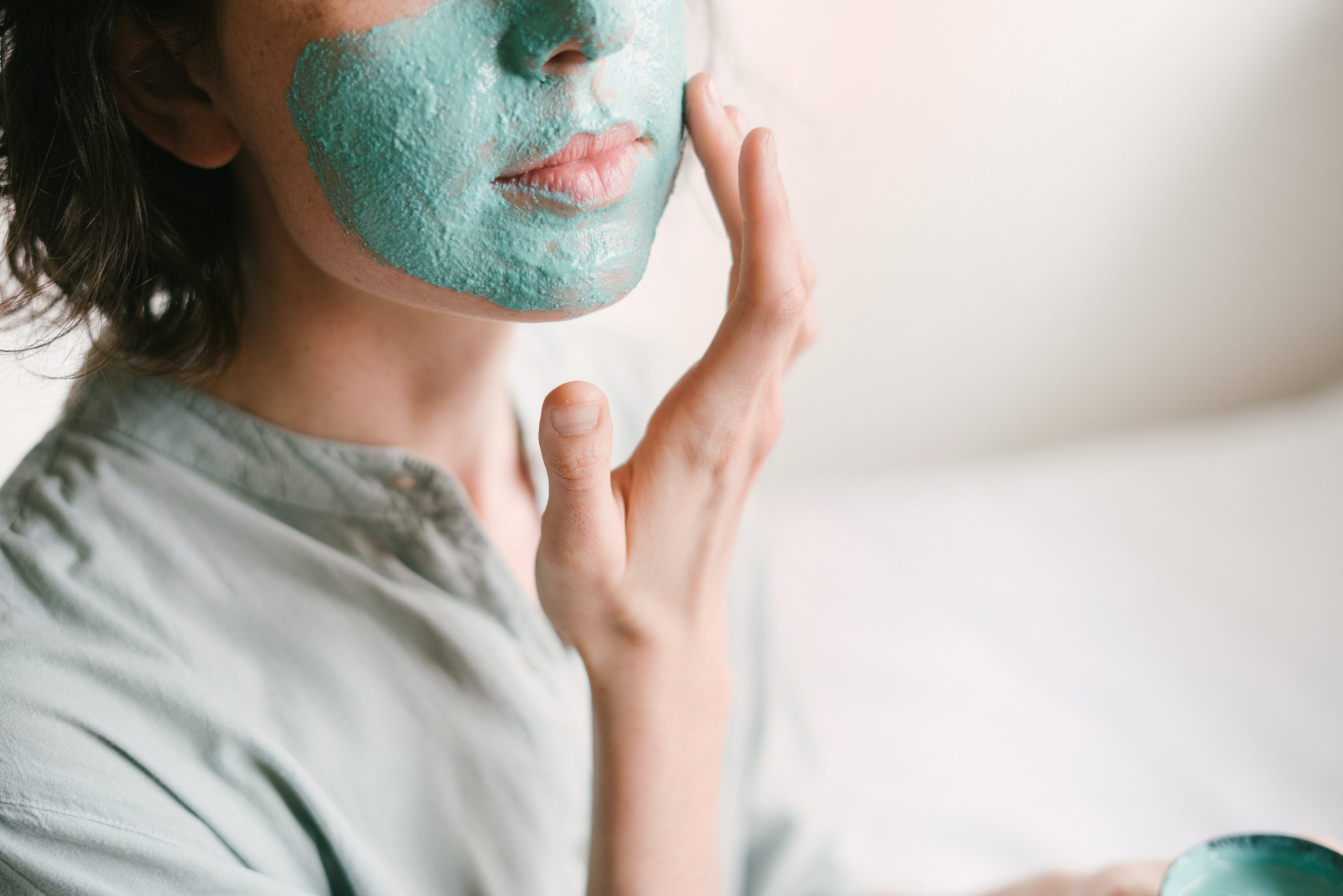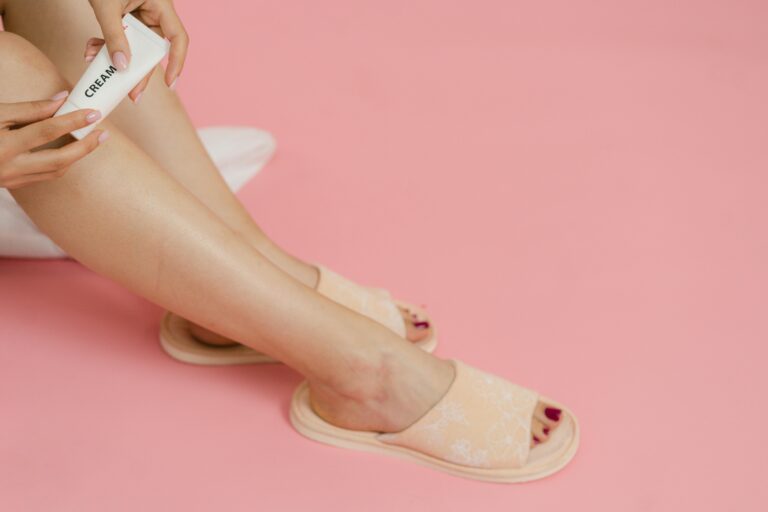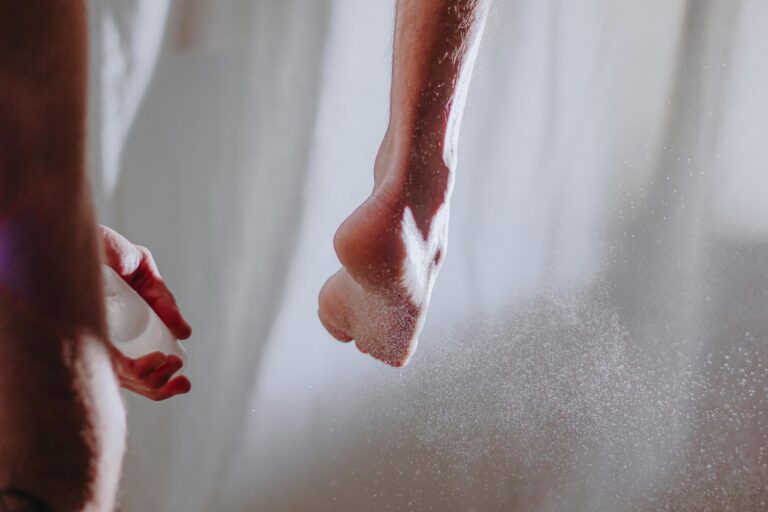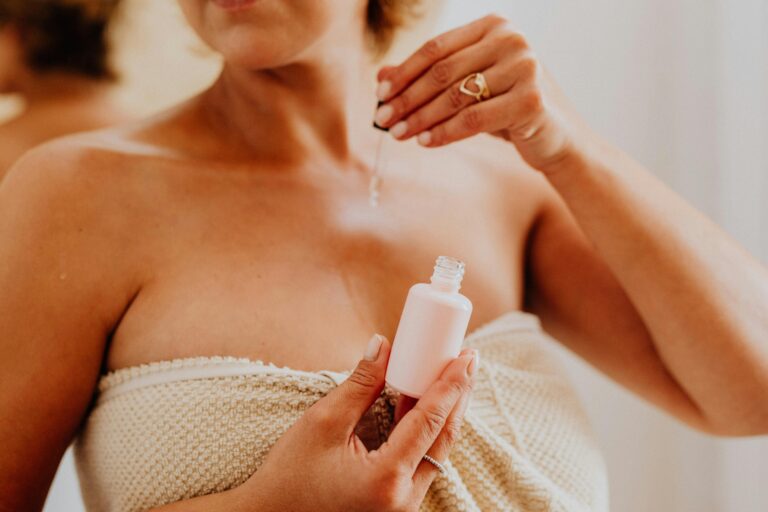Beauty standards have been prevalent in our society for centuries. They have advanced over time, but they continue to dictate how we should look, dress, and behave.
These beauty standards often create unrealistic expectations, leading to feelings of inadequacy, shame, and self-loathing.
While some beauty standards may be harmless, others can be quite harmful and perpetuate unhealthy ideals.
This article will explore the harmful beauty standards we need to leave behind, their impact on society, and how we can embrace diversity and promote a more inclusive standard of beauty.
Historical Background of Beauty Standards
Beauty standards have existed for centuries and have been influenced by various factors such as cultural values, social status, and media. In ancient times, beauty standards were often tied to one’s social status.
For example, in ancient China, women with small feet were considered more desirable and higher in social status, leading to foot binding.
In the 20th century, the influence of media on beauty standards became more significant. The rise of Hollywood and fashion industries created a new standard of beauty that was often unattainable for the average person. Thin bodies, flawless skin, and perfectly symmetrical features became the norm.
Today, social media platforms have further fueled the obsession with beauty standards. Influencers and celebrities with millions of followers create unrealistic expectations for their audience, leading to a rise in cosmetic surgeries, unhealthy diets, and mental health issues.
Harmful Beauty Standards We Should Leave Behind
1. Unrealistic Body Expectations
The idealization of a certain body type has been a persistent beauty standard. It has led to the belief that thinner bodies are more attractive and desirable, creating a culture of dieting, over-exercising, and eating disorders.
This standard is unrealistic and harmful to people of all genders and body types.
The pressure to have a “perfect” body has led to a rise in cosmetic surgeries, such as liposuction and breast augmentation. While these procedures can improve one’s self-esteem, they can also perpetuate the belief that one’s natural body is not good enough.
The glorification of plastic surgery also conveys that aging should be avoided rather than embraced.
2. Eurocentric Beauty Standards
Eurocentric beauty standards have been prevalent in many cultures, leading to a bias towards lighter skin tones and Western beauty norms. This standard has been especially harmful to people of color, who have been told their natural features are undesirable.
The pressure to conform to Eurocentric beauty norms has led to the use of skin-lightening products, which can be dangerous and damaging to one’s health. It has also perpetuated the belief that lighter skin tones are superior, creating a culture of colorism.
3. Ageism in Beauty Standards
The obsession with youthfulness has led to a stigmatization of aging. Aging is a natural process that should be embraced, not feared.
The beauty industry perpetuates the belief that wrinkles and gray hair are signs of aging that need to be corrected, leading to a rise in anti-aging products and procedures.
This standard is unrealistic and harmful to people of all ages. It creates a culture of ageism, where older people are viewed as less desirable and less valuable. This belief system ignores the wisdom and experience that comes with age and perpetuates negative stereotypes about aging.
The Impact of Harmful Beauty Standards
The negative effects of harmful beauty standards can be far-reaching. They can impact one’s mental health and self-esteem and perpetuate negative stereotypes about marginalized communities.
The pressure to conform to beauty standards can lead to feelings of inadequacy, shame, and self-loathing. It can also lead to mental health issues such as anxiety, depression, and eating disorders.
Studies have shown that exposure to thin ideals can negatively impact body satisfaction and increase the risk of disordered eating.
Harmful beauty standards can also perpetuate negative stereotypes about marginalized communities. For example, the Eurocentric beauty standard has led to the marginalization of people of color, who have been told that their natural features are not desirable.
This has created a culture of colorism, where lighter skin tones are viewed as superior and darker skin tones are viewed as less desirable.
Moving Forward: Embracing Diversity in Beauty Standards
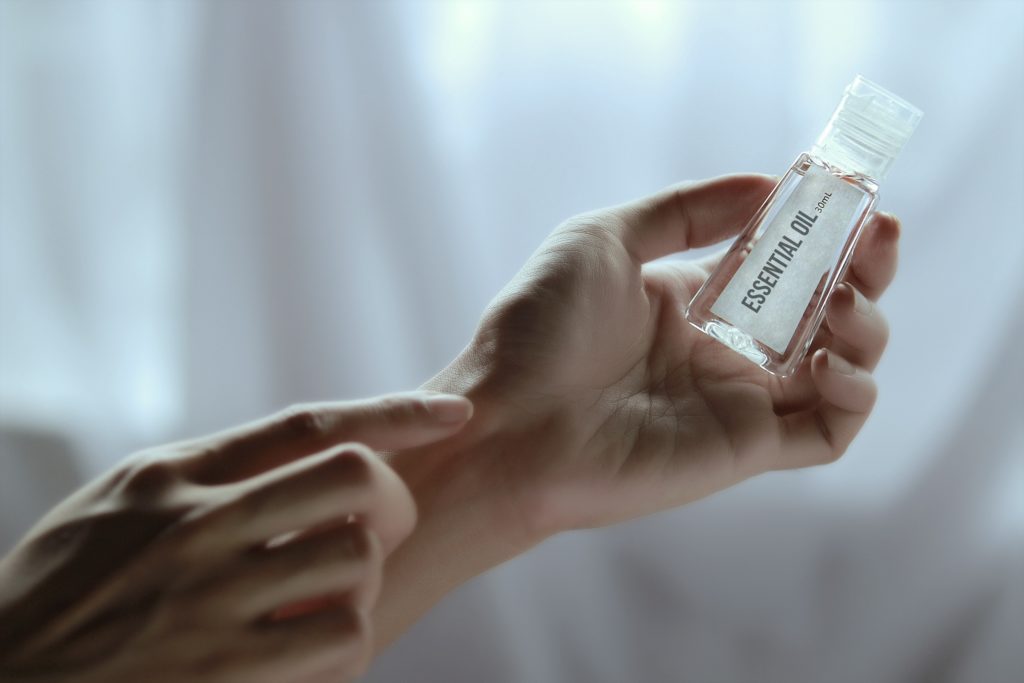
To move forward, we need to embrace diversity and promote a more inclusive standard of beauty. This includes encouraging body positivity, promoting diversity in media representation, and embracing individuality and uniqueness.
Encouraging body positivity means celebrating all body types and promoting the idea that all bodies are beautiful.
It means rejecting the notion that there is only one ideal body type and embracing the diversity that exists in the world. This includes promoting healthy habits and self-care rather than focusing on unrealistic body ideals.
Promoting diversity in media representation means showcasing a variety of bodies, skin tones, and features.
It means rejecting the Eurocentric beauty standard and showcasing the beauty in all cultures. This includes promoting diversity in the fashion, advertising, and entertainment industries.
Embracing individuality and uniqueness means celebrating our differences and rejecting the idea that we must conform to a certain standard of beauty.
It means embracing our natural features, such as our hair texture, skin color, and facial features, and celebrating what makes us unique. This includes promoting the idea that aging is a natural process that should be celebrated rather than feared.
Conclusion
Beauty standards have been prevalent in our society for centuries, but some are harmful and perpetuate unhealthy ideals. Unrealistic body expectations, Eurocentric beauty standards, and ageism in beauty standards are just a few examples of harmful beauty standards that need to be left behind.
The negative effects of harmful beauty standards can be far-reaching, impacting one’s mental health and self-esteem and perpetuating negative stereotypes about marginalized communities. To move forward, we need to embrace diversity and promote a more inclusive standard of beauty.
This includes encouraging body positivity, promoting diversity in media representation, and embracing individuality and uniqueness. Doing so can create a more accepting and inclusive society where all individuals are celebrated for their unique beauty.
Frequently Asked Questions (FAQs) on Beauty Standards, We Should Leave Behind
1. What are some examples of harmful beauty standards?
Examples of harmful beauty standards include the idealization of a certain body type, Eurocentric beauty standards, and ageism in beauty standards.
2. How do harmful beauty standards impact mental health?
Harmful beauty standards can lead to feelings of inadequacy, shame, and self-loathing, negatively impacting mental health. Exposure to thin ideals can also increase the risk of disordered eating and body dissatisfaction.
3. How can we promote a more inclusive standard of beauty?
We can promote a more inclusive standard of beauty by encouraging body positivity, promoting diversity in media representation, and embracing individuality and uniqueness. This includes celebrating all body types, showcasing a variety of skin tones and features, and celebrating what makes us unique.
4. Is it possible for the beauty industry to change its standards?
Yes, the beauty industry can change its standards. Consumers can demand change by supporting brands that promote diversity and inclusivity. Additionally, the industry can work towards promoting more diverse representation in advertising and media by creating products that cater to a wider range of skin tones and body types.
5. How can we support individuals who have been negatively impacted by harmful beauty standards?
We can support individuals negatively impacted by harmful beauty standards by promoting body positivity and celebrating diversity. It’s important to listen to their experiences and validate their feelings. Encouraging self-care practices, promoting positive self-talk, and challenging harmful beauty ideals can also be helpful.
6. Can embracing diversity in beauty standards have a positive impact on society as a whole?
Yes, embracing diversity in beauty standards can positively impact society as a whole. Promoting inclusivity and celebrating diversity can create a more accepting and tolerant society.
This can help to break down harmful stereotypes and promote understanding and empathy towards marginalized communities. Additionally, embracing diversity in beauty standards can help promote body positivity and self-love, leading to improved mental health and well-being for individuals.
